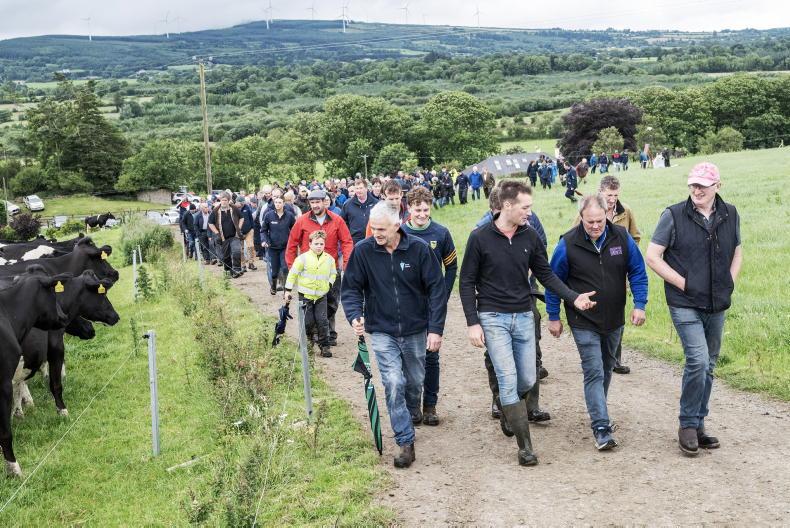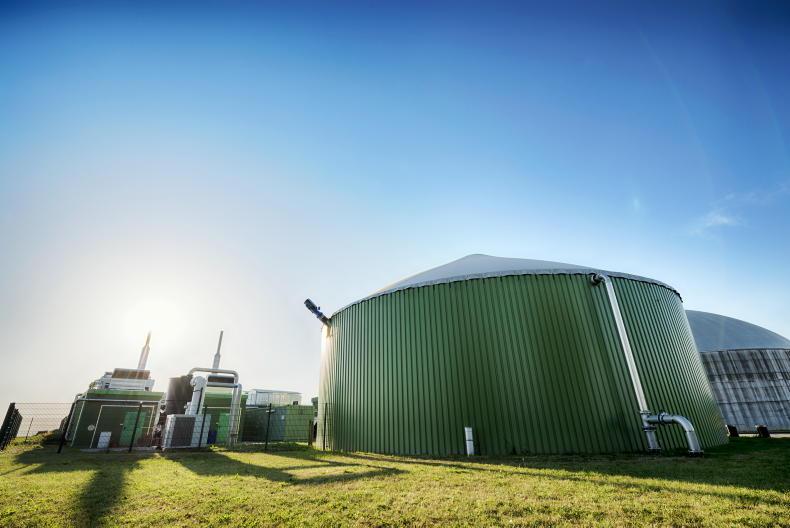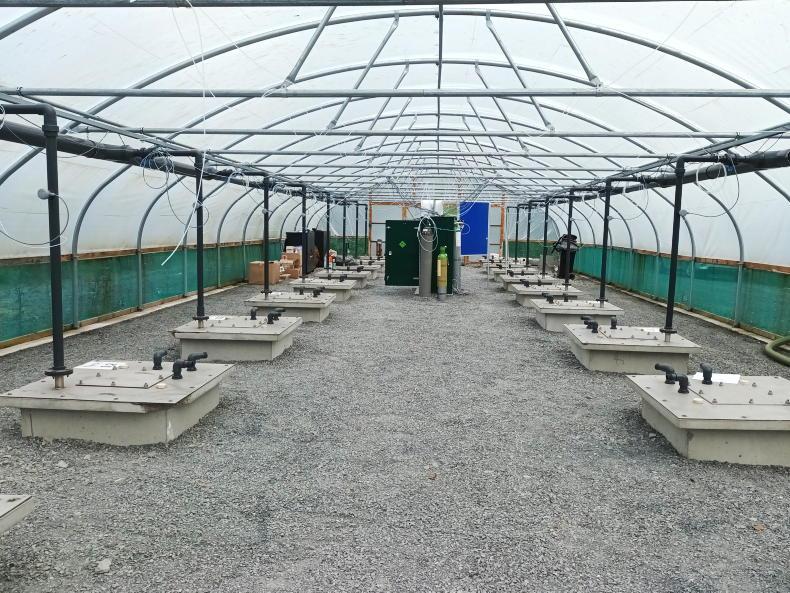By chance, I was at two climate conferences last week. The first represented a group who, while not disputing the fact of global warming, fundamentally disagree with the hysteria around the topic and they disagree with the modelling-based approach to forecast the future and question the readiness to spend enormous quantities of resources on shifting to a low- or zero-carbon economy.
However valid their view might be, it is being submerged under the weight of international might – might which was on full display this week with the special UN conference following the Paris accord.
The second was an excellent conference organised by Teagasc with speakers from all over the world. The gathering reviewed the potential to reduce greenhouse gas emissions, principally methane. Everyone now accepts that methane only lasts 10-12 years in the atmosphere compared with carbon dioxides – a minimum of a thousand years, though there is disagreement whether the methane is absorbed by the water vapour in the atmosphere and so, should be ignored. The Teagasc conference rightly ignored these issues and instead concentrated on how much progress was being made in controlling methane emissions from livestock. Everybody knows that agriculture and livestock farming is being pilloried in many quarters because of these emissions.
The amount of progress made has been significant and potentially revolutionary. Prof Catherine Stanton of Moorepark was very clear that lactic acid bacteria can reduce methane and we are going to see more of it used in both silage inoculates and feed additives, though more work is needed to identify the most suitable strains.
The speaker from Australia, Dr Rob Kinley, had hit the headlines earlier in the year with his claim that some varieties of seaweed were spectacularly successful in almost eliminating methane production by ruminants. Dr Kinley is from the highly respected Australian scientific organisation CSIRO and this was the first time that details of the ingredients in some types of seaweed that have these effects were given.
The actual ingredient is bromoform – a compound with some of the same chemical structures as the much better known chloroform and it acts in the rumen by inhibiting the enzyme that helps to make methane in the rumen. By including the product at 2% of the daily intake, methane production is reduced by 98% – effectively eliminated.
Before we all get too excited, it’s clear that harvesting the amount of seaweed to meet the world’s bovine needs would be pretty well impossible, but the basic breakthrough is clear and the capacity of modern technology to come up with solutions to increase the supply will obviously be fully tested.
Not surprisingly, Udaras na Gaeltachta was one of the sponsors of the conference. With its long history of involvement in the seaweed industry, a new dawn may be breaking but as well as seaweed extracts and lactic acid bacteria, camelina oil has been clearly shown to reduce methane production by approximately 30%. I left the conference convinced that it is much too early to consign the ruminant with all its capacity to convert grass to high-quality protein to history. In the short term, the Government and Department of Agriculture will have to guide the sector through the next few years of intense negotiations at EU and international level.
Read more
Can New Zealand farming claim to be 'zero warming'?
Seaweed vs methane research moves to practical phase
By chance, I was at two climate conferences last week. The first represented a group who, while not disputing the fact of global warming, fundamentally disagree with the hysteria around the topic and they disagree with the modelling-based approach to forecast the future and question the readiness to spend enormous quantities of resources on shifting to a low- or zero-carbon economy.
However valid their view might be, it is being submerged under the weight of international might – might which was on full display this week with the special UN conference following the Paris accord.
The second was an excellent conference organised by Teagasc with speakers from all over the world. The gathering reviewed the potential to reduce greenhouse gas emissions, principally methane. Everyone now accepts that methane only lasts 10-12 years in the atmosphere compared with carbon dioxides – a minimum of a thousand years, though there is disagreement whether the methane is absorbed by the water vapour in the atmosphere and so, should be ignored. The Teagasc conference rightly ignored these issues and instead concentrated on how much progress was being made in controlling methane emissions from livestock. Everybody knows that agriculture and livestock farming is being pilloried in many quarters because of these emissions.
The amount of progress made has been significant and potentially revolutionary. Prof Catherine Stanton of Moorepark was very clear that lactic acid bacteria can reduce methane and we are going to see more of it used in both silage inoculates and feed additives, though more work is needed to identify the most suitable strains.
The speaker from Australia, Dr Rob Kinley, had hit the headlines earlier in the year with his claim that some varieties of seaweed were spectacularly successful in almost eliminating methane production by ruminants. Dr Kinley is from the highly respected Australian scientific organisation CSIRO and this was the first time that details of the ingredients in some types of seaweed that have these effects were given.
The actual ingredient is bromoform – a compound with some of the same chemical structures as the much better known chloroform and it acts in the rumen by inhibiting the enzyme that helps to make methane in the rumen. By including the product at 2% of the daily intake, methane production is reduced by 98% – effectively eliminated.
Before we all get too excited, it’s clear that harvesting the amount of seaweed to meet the world’s bovine needs would be pretty well impossible, but the basic breakthrough is clear and the capacity of modern technology to come up with solutions to increase the supply will obviously be fully tested.
Not surprisingly, Udaras na Gaeltachta was one of the sponsors of the conference. With its long history of involvement in the seaweed industry, a new dawn may be breaking but as well as seaweed extracts and lactic acid bacteria, camelina oil has been clearly shown to reduce methane production by approximately 30%. I left the conference convinced that it is much too early to consign the ruminant with all its capacity to convert grass to high-quality protein to history. In the short term, the Government and Department of Agriculture will have to guide the sector through the next few years of intense negotiations at EU and international level.
Read more
Can New Zealand farming claim to be 'zero warming'?
Seaweed vs methane research moves to practical phase









SHARING OPTIONS